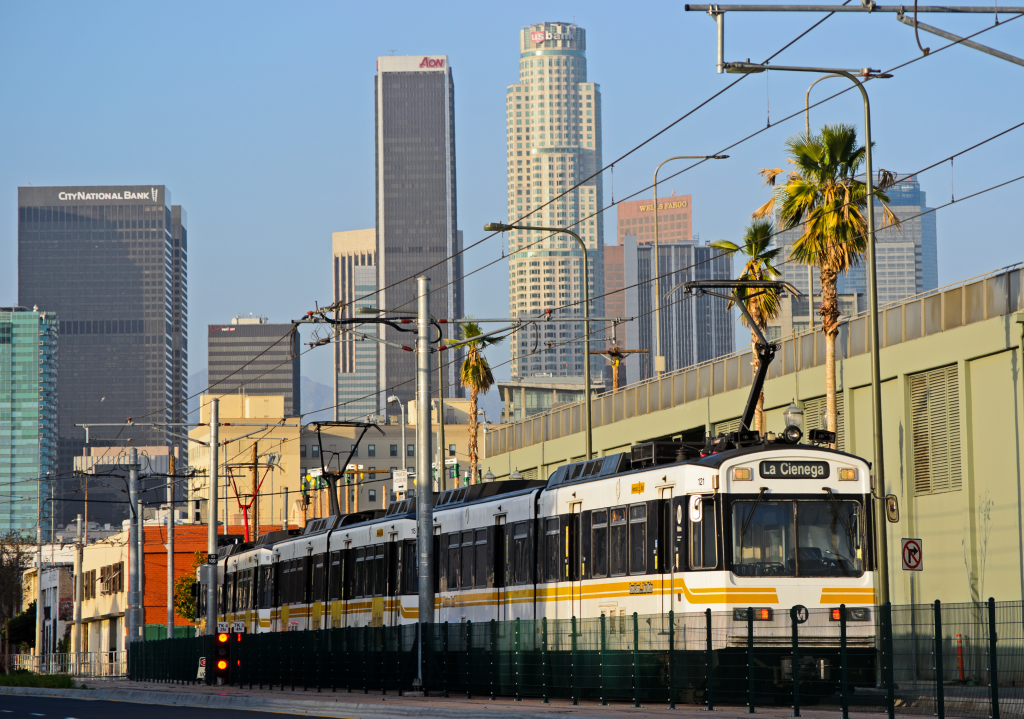
LA Metro Rail — the sprawling network of light rail and subway lines criss-crossing Los Angeles County since the first line opened in 1993 — is facing an existential challenge. Just like other transit agencies around the country, ridership since the pandemic has plummeted, still around just two-thirds of its pre-COVID peak.
What can be done to fix it? In my new Los Angeles Times op-ed today, I offer a number of fixes. Most of it involves building more apartments and compact housing within walking distance of the Metro Rail stations, which would ensure the system isn’t reliant just on white collar office workers who are unlikely to return to work full time.
But the agency also needs to address its crime and personal safety issues, which can be partly helped by having more riders. State leaders should consider these needs if they decide to take action to rescue LA Metro and other California transit agencies facing a “fiscal cliff” as federal COVID funds expire.
I’ve been documenting Metro Rail since before the publication of my book Railtown (UC Press) in 2014. And there’s no doubt that the ridership and fiscal crisis the system now faces is the greatest in its three-decade history. Hopefully these recommendations can help the region make the most of this multi-billion dollar investment, fulfilling the economic, environmental and quality-of-life promise of rail in Los Angeles.


